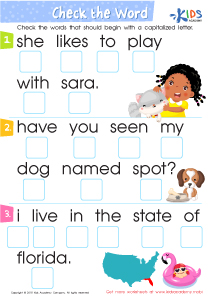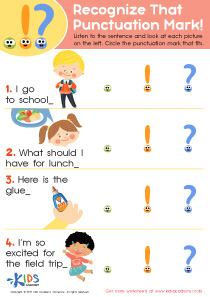Fine Motor Skills Normal Writing Worksheets for Ages 4-6
7 filtered results
-
From - To
Enhance your child's fine motor skills with our engaging Normal Writing Worksheets, designed specifically for ages 4-6. These worksheets provide a fun and interactive way for young learners to practice writing and improve their hand-eye coordination. Each activity focuses on tracing, drawing, and letter formation, ensuring that kids develop the essential skills needed for successful writing. Available in a colorful and appealing format, these worksheets maintain children's interest while promoting fine motor development. Ideal for home or classroom use, our materials are an excellent resource for parents and educators looking to support children's growth in early writing skills. Download now to get started!


Cupid Maze: An Printable


Snowman Tracing Winter Words Worksheet
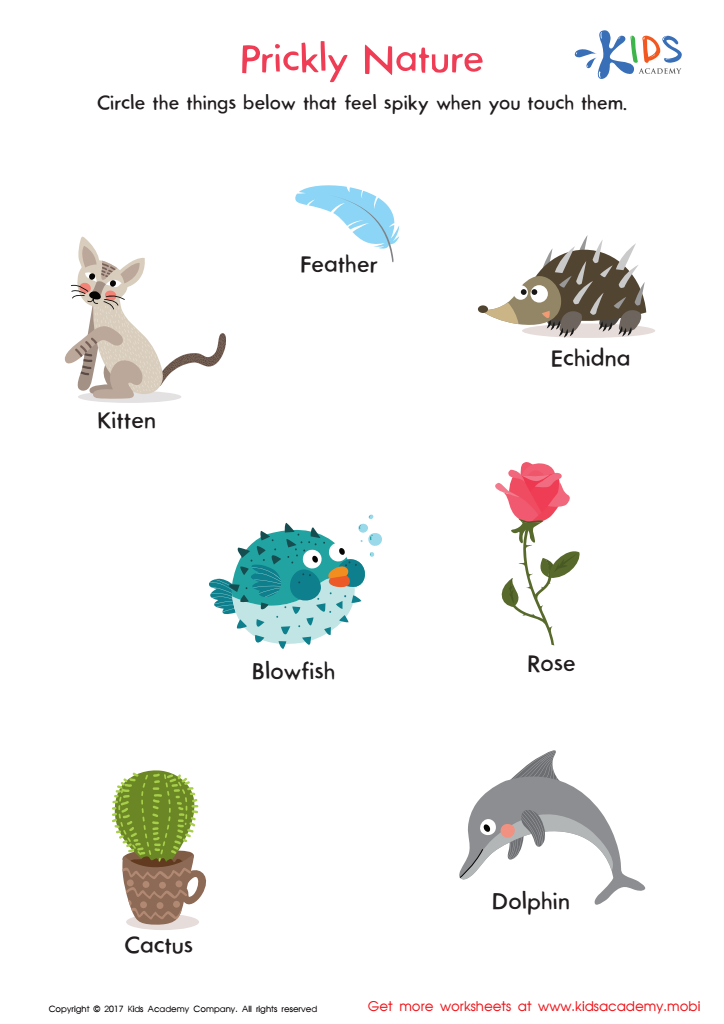

Prickly Nature Worksheet
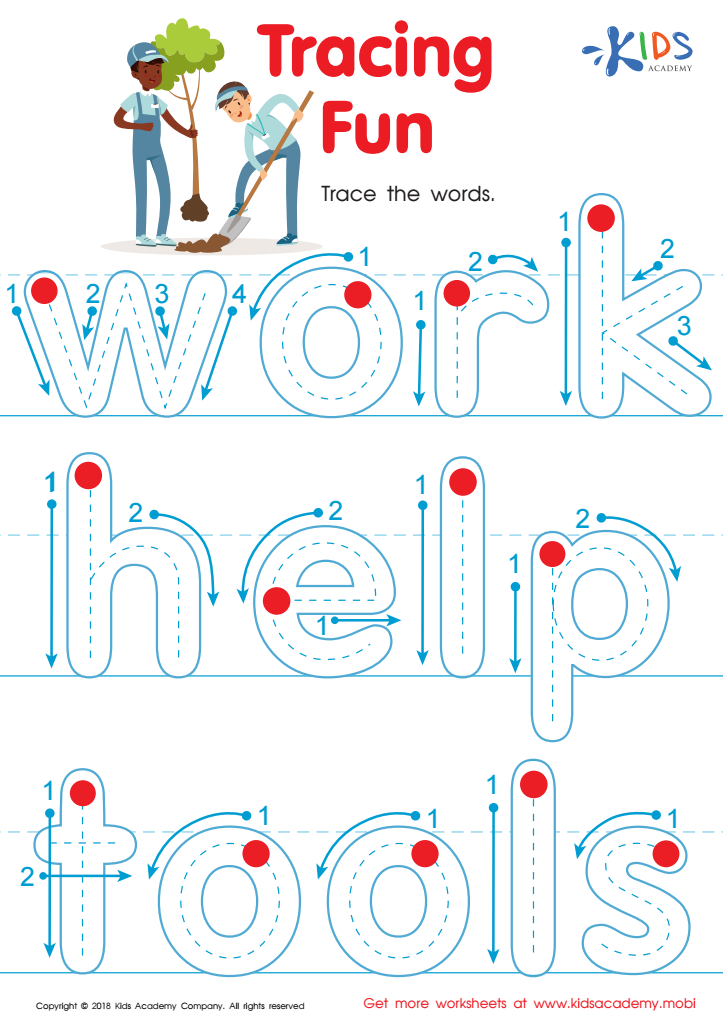

Tracing Fun Worksheet
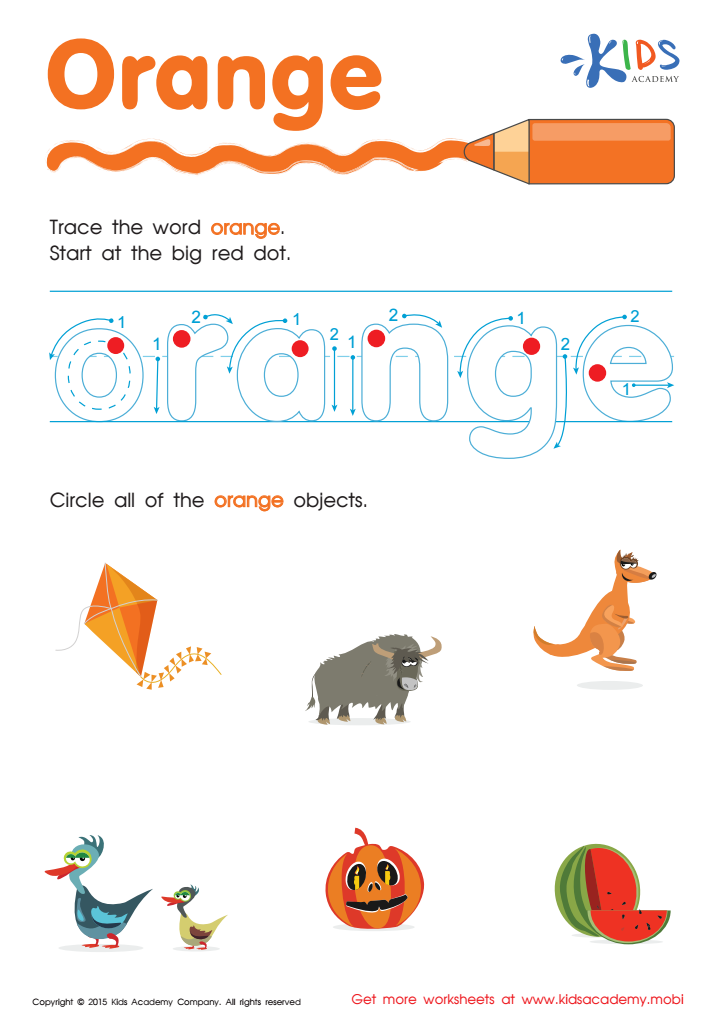

Orange Tracing Color Words Worksheet
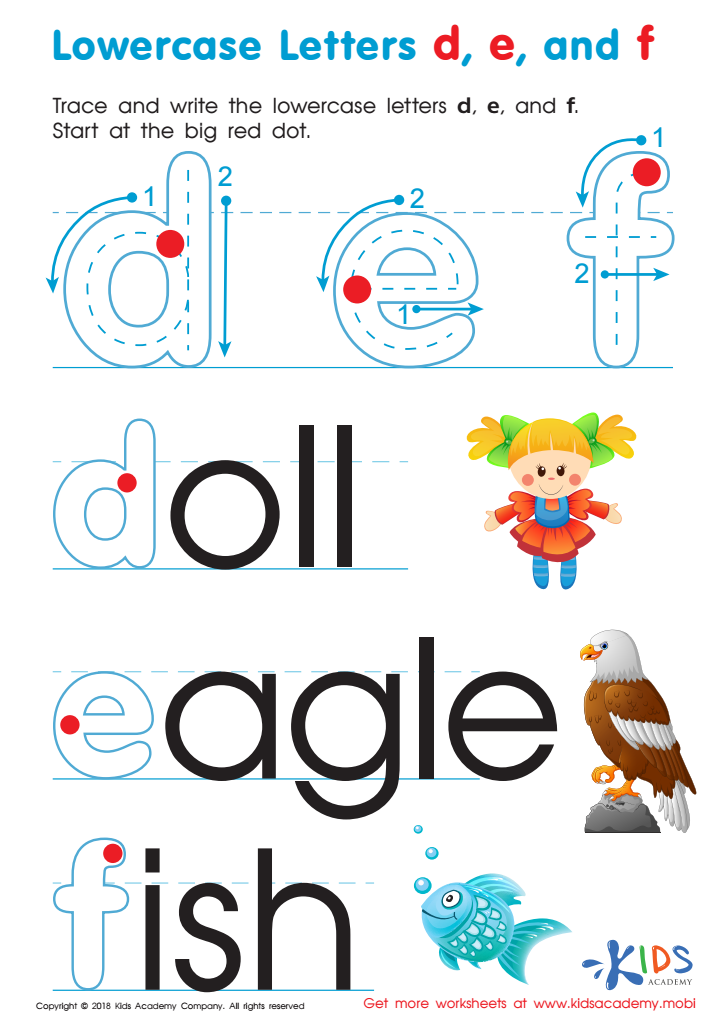

Lowercase Letters d e f Worksheet
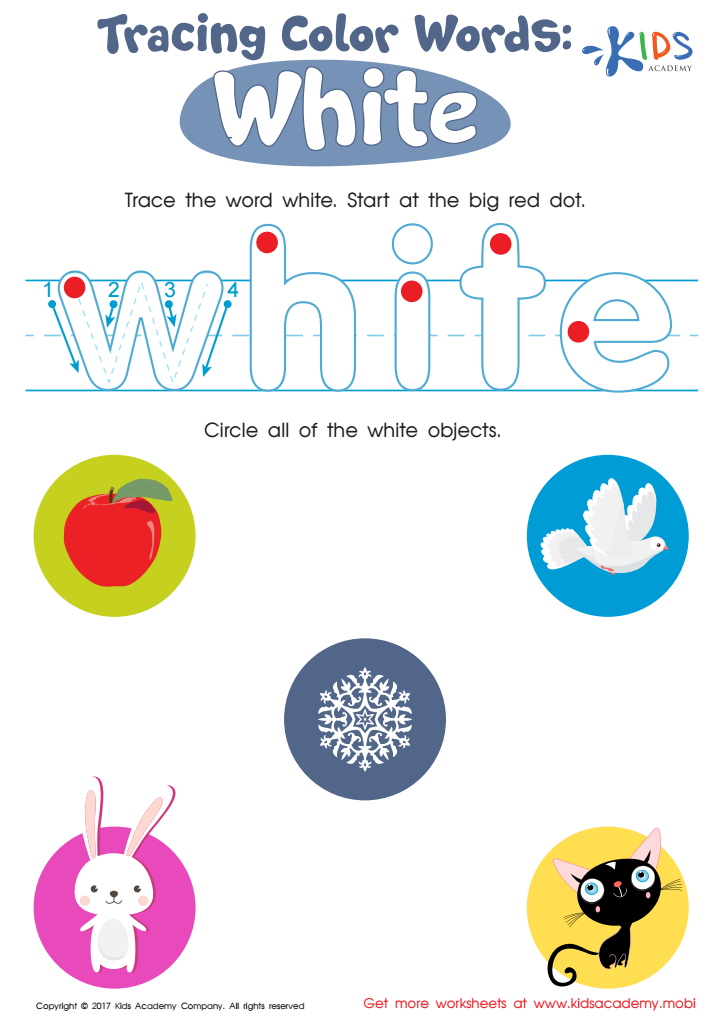

White Tracing Color Words Worksheet
Fine motor skills are crucial for children's development, particularly for ages 4-6, as they underpin essential tasks such as writing, drawing, and self-care activities. Teachers and parents should care about these skills because they dynamically influence a child’s academic performance and overall confidence. At this age, children learn to hold and manipulate writing tools effectively, which lays the foundation for their writing abilities.
When children develop normal writing fine motor skills, they practice hand-eye coordination, dexterity, and muscle control. These skills not only prepare them to write legibly but also enhance their ability to engage in other classroom activities, such as cutting with scissors and completing puzzles. Moreover, strong fine motor abilities can encourage greater participation, as children gain the confidence to express their ideas on paper harmoniously.
Furthermore, fine motor activities provide opportunities for parents and teachers to engage children in playful learning. Encouraging practices like coloring, threading beads, or using playdough can create a playful environment conducive to skill development. By fostering these abilities early on, parents and teachers support children’s cognitive and emotional growth, establishing a foundation for future learning and success in literacy and beyond.
 Assign to My Students
Assign to My Students




.jpg)



